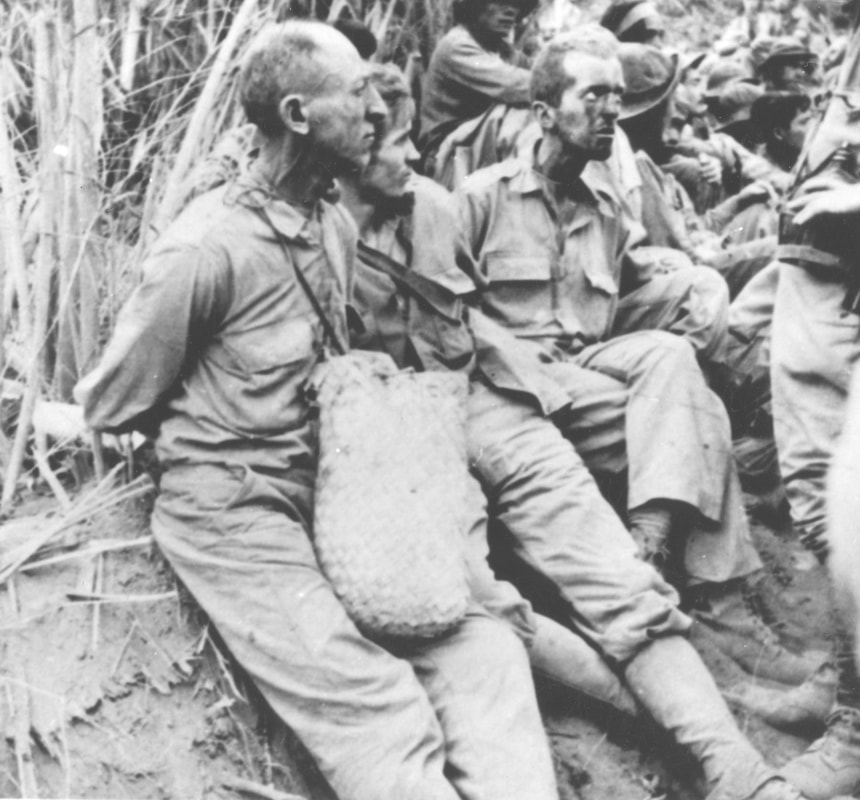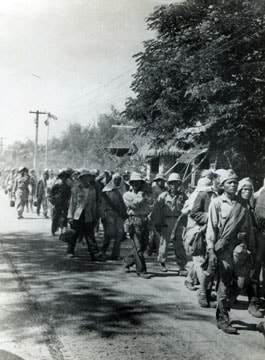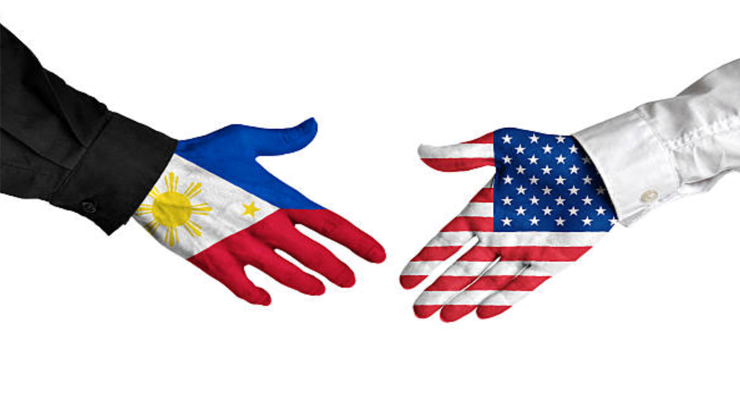How were diverse groups of u.s. & filipino citizens affected by U.S. entry in wwii & the resulting bataan death march?Amy Punkar is the Department Head of Social Sciences at Jefferson High School in Daly City, CA. She has over 25 years of experience in the classroom, written lesson plans for World History, Cultures and Geography (regular & English-language learners), U.S. History (advanced placement, regular & English-language learners), Government/Economics, Peer Assistance and Psychology. She has served as Instructional Coach to support new teachers (BTSA Coach-Beginning Teacher Support and Assessment) and experienced teachers (PAR Coach-Peer Assistance and Review)in a variety of ways including classroom observations and supportive feedback, lesson planning and student assessment and reporting to district committees regarding participant progress and program analysis. She has also served as a master teacher for new teachers entering the teaching profession by supporting them during all phases of their student teaching year.
Motivation for joining the program: I have been fortunate to be a Social Science teacher and Department Head at Jefferson High School in Daly City, California, where I have taught for 27 years. One of the main reasons that I decided to pursue the opportunity to join the Bataan Legacy group in order to help write and deliver lesson plans on the Bataan Death March, is due to the fact that over half of my students can trace their origins to the Philippines. While I have always taught the history of the Philippines during my unit on imperialism and the Spanish-American War, I had not spent much time on my World War II unit on the Bataan Death March. Over the years, I have had many students share their family stories with me and many of them had family members that were greatly affected by World War II and the Bataan Death March. My own personal history, which happens to include my own father’s survival in Egypt during the war along with that side of my family’s eventual forced relocation to France due to religious persecution, led to my interest in the World War II era. In addition, my mother’s family also escaped religious persecution from eastern Europe, which led to my desire to have my students explore the ways in which our own personal histories can serve as an excellent way to learn about the past. |
Essential question in creating lesson planThe essential question I wrote, “How were diverse groups of U.S. and Filipino citizens affected by U.S. entry in World War II and the resulting Death March”, allowed me to organize my lesson plan in order to help my students learn about the details of the Bataan Death March. My lesson plan has students working in cooperative groups in order to do research about one of the target groups affected by the Bataan Death March. The ending goal was for students to read a variety of historical document and then create a newscast presentation that they then would present to the rest of the class. In addition, students were also asked to create a commercial/ advertisement for a product that may have been used during this era. With the addition of props, presentations were made and students were instructed to take notes on each other’s presentations.
|
implementation of
|
expectation vs
|



